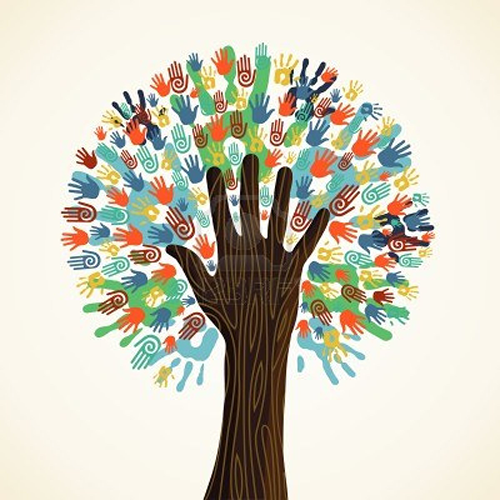Dec 17 2014 Whole body engagement for racial equity
 Cross-sector collaborations often focus on developing and implementing multi-pronged solutions for the public good. Some collaborative initiatives adopt a racial equity lens and specifically target disadvantaged individuals and communities of color where health, education, and other disparities abound. These initiatives have a high transformative potential when partners have had the opportunity to hold the difficult conversations required to arrive at a common vision of success and have thought carefully about designing processes and practices that explicitly address racial inequalities.
Cross-sector collaborations often focus on developing and implementing multi-pronged solutions for the public good. Some collaborative initiatives adopt a racial equity lens and specifically target disadvantaged individuals and communities of color where health, education, and other disparities abound. These initiatives have a high transformative potential when partners have had the opportunity to hold the difficult conversations required to arrive at a common vision of success and have thought carefully about designing processes and practices that explicitly address racial inequalities.
Juan Sebastián Arias, Program Associate at Living Cities, shared insights from StriveTogether’s fifth annual Cradle to Career convening where he learned about the Head, Heart, and Hands framework developed by Jarrod Schwartz from Just Communities. This framework is meant to guide conversations on how to dismantle structural racism and to develop practices to ensure that all citizens have equal access to opportunities and services.
Within this framework, the head represents both individual and collective intellectual engagement with data and theories that track the gravity and persistence of racial disparities across quality of life indicators. The heart encourages individuals to share and acknowledge powerful personal stories of sometimes painful experiences that enrich partners’ perceptions of what the data communicates. The hands represent the action plan and strategies to implement after partners have come to an agreement on what impact they hope their policies and practices will have on achieving racial equity.
This framework is meant to be used as a starting point during the early stages of a project. It gives partners the opportunity to explore differing views and experiences and to agree on both the intentionality of their work and on the best strategies for their cities and communities. It is important that partners strike a balance between the head and the heart before engaging the hands in work to make sure that partners have a comprehensive understanding of what barriers continue to support racial inequality and what they can do to overcome them. The Intersector Project’s Toolkit provides several useful tactics that could be easily integrated into this compelling framework. One tool, Establish Transparency of Viewpoints, promotes the creation of an open environment where partners have equal opportunities to express themselves without fear of judgment or retaliation. This tactic helps partners establish a forum for consensus-building and builds trust. Only by providing the safe space to engage in difficult but productive conversations can biases and unjust practices be overcome.
